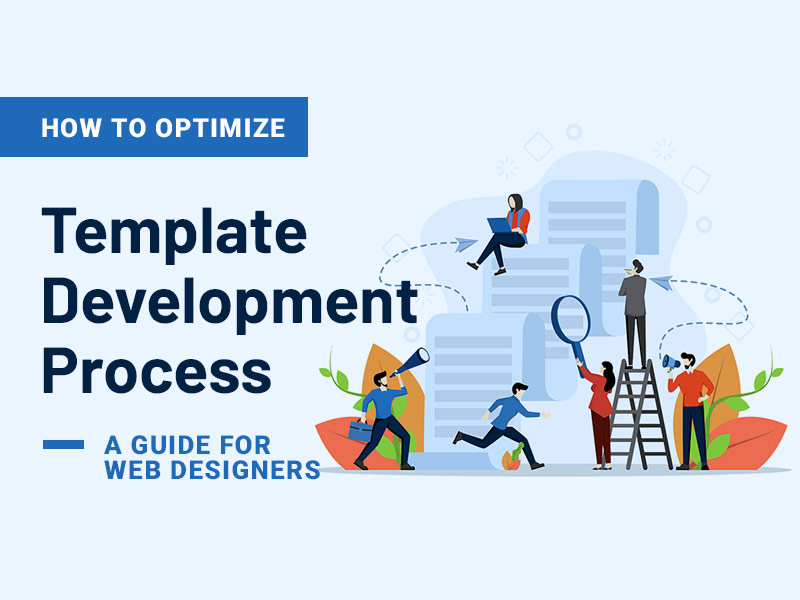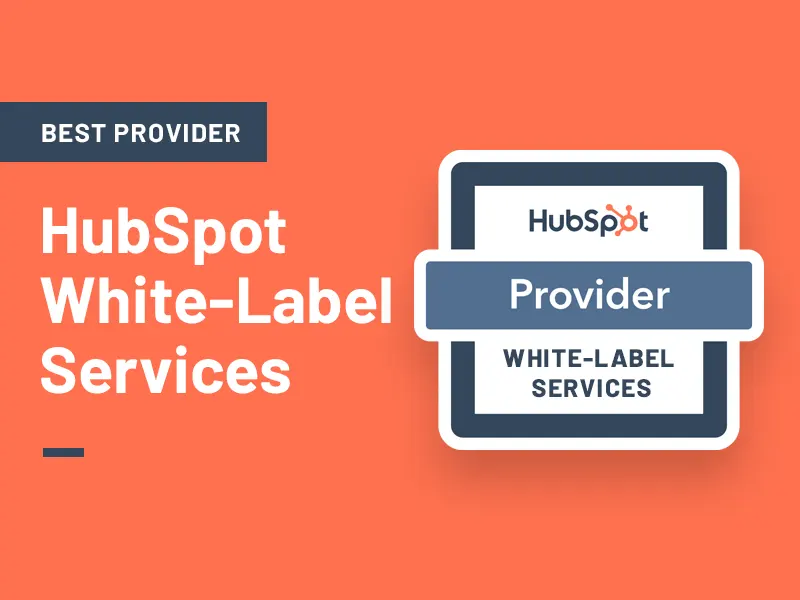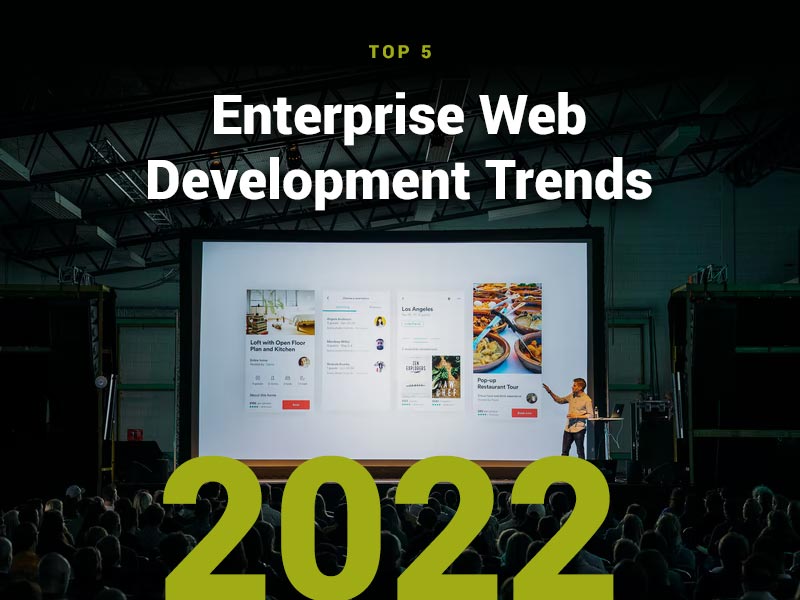Streamlining the template development process is essential in web design. A smooth, efficient procedure ensures better output quality and reduces development time. For web designers, an improved workflow can mean the difference between a successful project and an average one.
In the context of template development, adopting a system such as a multi tenant workflow can be transformative. This system permits multiple users or ‘tenants’ to use the same resources or applications within a shared environment, fostering collaboration and enhancing efficiency. So, if you’re keen to elevate your template development approach, continue reading to discover key strategies for optimizing your workflow.
Understand The Project Requirements
Thoroughly understanding the project requirements is crucial to streamline your template development process. Here are some vital aspects to consider:
- Determine the Site’s Goal: Identify the site’s primary goal. Is it to inform, sell products, or collect user information? Each objective requires a unique approach to template design.
- Identify the Target Audience: Understand the demographics of your target audience. Are they tech-savvy millennials, or older adults who aren’t as familiar with digital interfaces? These answers will guide your design choices.
- Understand the Client’s Brand Image: Recognize how the client wishes to communicate their brand through the website. Does the brand call for a minimalist, clean design to reflect a modern, professional brand image? Or does it require a vibrant, interactive design that shows off a more dynamic and creative brand personality? Understanding this will help you create templates that accurately reflect the brand’s image.
- Consider Functionality: Identify any necessary components early in the process, such as a shopping cart, a contact form, or a blog section. Doing this can streamline your development and save valuable time later on.
Before diving into the development phase, ensure you’ve done your homework. A thorough understanding of the project requirements sets the stage for efficient and effective template development.
Leverage Pre-Existing Templates
In the quest for optimized template development, pre-existing templates serve as a robust launching pad. Here’s why they’re worth considering:
- Time-Saving Resource: Starting with a pre-existing template means you’re not building from zero. With a foundational design already in place, you can focus on tweaking and tailoring the template to meet your specific project needs, saving you precious development time.
- Consistency Creator: With their standardized design elements, pre-existing templates foster a seamless visual experience across different pages of your website, creating an organized and professional appearance.
- Variety at Your Fingertips: The wealth of pre-existing templates available offers you a broad spectrum of design choices and functionalities, allowing you to find the perfect fit for any project requirement.
- Learn from the Best: Pre-existing templates also serve as a practical learning resource, showcasing effective design strategies and coding techniques that you can incorporate into your work.
In essence, pre-existing templates are invaluable assets in the web design toolkit. They’re instrumental in streamlining the template development process and enhancing the quality of the final product.
Organize Your Digital Assets
In the world of template development, an organized digital asset library is a lifesaver. Here’s why it should be a priority:
- Easy Access Guaranteed: When your images, fonts, CSS files, and JavaScript files are systematically stored, you’ll spend less time searching and more time creating. Quick, easy access to your resources means a smoother design process.
- Visual Consistency Across the Board: Having all your assets organized, you’ll be better equipped to maintain a consistent look and feel throughout your website, enhancing its professional appeal.
- Streamlined Team Workflow: If you’re working as part of a team, organized assets facilitate seamless collaboration. Everyone can locate and utilize the necessary resources, making the process more efficient.
- Duplication Be Gone: An organized asset library helps you keep track of what you already have, avoiding unnecessary duplication of resources. That means more space saved and less time wasted.
Remember, organizing your digital assets isn’t just housekeeping—it’s a step towards a smoother, more efficient template development process.
Use A Version Control System
Integrating a version control system (VCS) into your template development workflow can revolutionize your process. Here are the reasons why it’s beneficial:
- Change Tracking: A VCS methodically tracks changes made to a file or set of files over time. It allows you to revert to specific versions later if necessary, serving as a critical safety net when changes need to be reversed.
- Boosting Collaboration: If you’re working within a team environment, a VCS can prove invaluable. It effectively manages inputs from different team members, preventing overlap and conflicts, which results in a smoother, more efficient workflow.
- Enhanced Productivity: A VCS maintains a detailed log of changes, enabling you to understand the nature of changes made, the reasons behind them, and who implemented them. This clarity can significantly boost productivity.
- Risk Reduction: With a VCS in place, the risk associated with losing work or accidentally overwriting someone else’s changes is substantially mitigated.
So, consider integrating a version control system into your workflow. It might seem daunting at first, but the advantages it offers in terms of efficiency, collaboration, and security make it a must-have tool in template development.
Conclusion
Efficient template development doesn’t happen by chance—it’s a calculated process that involves understanding project requirements, leveraging pre-existing templates, organizing assets, and employing a version control system. It’s time to put these strategies into action. Start refining your template development process today, and you’ll soon experience the profound difference it makes.







